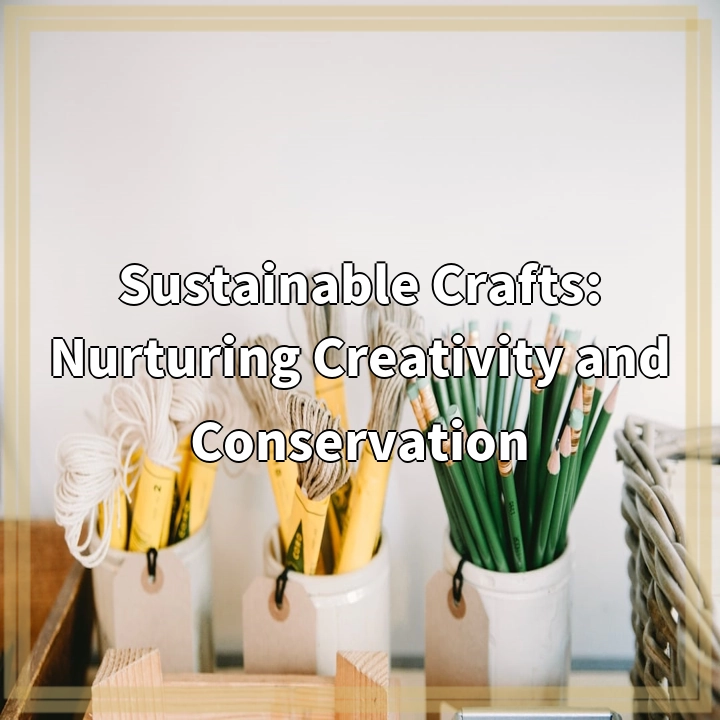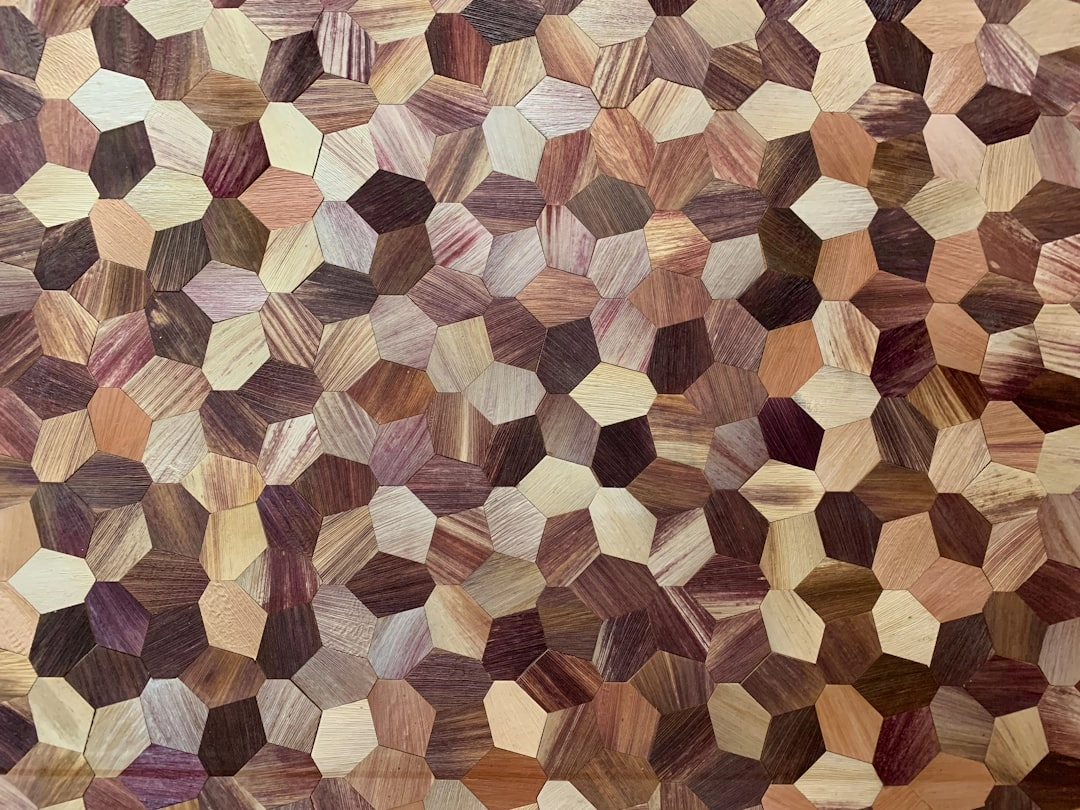
What is Sustainable Crafts?
Sustainable crafts refer to creative activities and practices that prioritize environmental conservation and ethical production. These crafts are designed to minimize harm to the planet and promote sustainable resource use. They often involve upcycling, recycling, and using natural or eco-friendly materials. Sustainable crafts can span various forms, including DIY projects, handmade products, and traditional artisan techniques.
Real-World Problems Associated with Sustainable Crafts
While sustainable crafts offer numerous benefits, they also face real-world challenges. Understanding these challenges is essential for driving change and finding effective solutions. Here are some significant problems associated with sustainable crafts:
1. Limited Availability of Sustainable Materials
One of the challenges faced by sustainable crafts is the limited availability of eco-friendly materials. Finding sustainably sourced or recycled materials can be difficult, especially for niche or specialized crafts. This scarcity often leads to higher costs and can limit the potential for widespread adoption of sustainable practices.
2. Lack of Awareness and Education
Many individuals may not be aware of sustainable crafts or the potential environmental benefits they offer. Without proper education and awareness, people may continue to opt for conventional crafts that contribute to waste and pollution. Increasing awareness through educational campaigns and workshops can help overcome this challenge.
3. Balancing Creativity and Sustainability
Achieving the right balance between creativity and sustainability can be a challenge for crafters. While sustainability is crucial, it should not hinder artistic expression or limit creativity. Finding innovative ways to incorporate sustainability into crafts without compromising aesthetic appeal can be a complex task.
4. Lack of Market Demand
Sustainable crafts often face a lack of market demand. Some consumers may prioritize cost or convenience over sustainable choices. Creating a larger market demand for eco-friendly crafts requires widespread awareness, shifting consumer preferences, and effective marketing strategies.
5. Infrastructure and Supply Chain Challenges
Building sustainable supply chains and infrastructure for crafts can be challenging. It requires collaboration among artisans, manufacturers, retailers, and consumers to ensure ethical production, fair trade practices, and transparent supply chains. Developing such robust systems is essential for sustainable crafting to thrive.

Solutions to the Real-World Problems in Sustainable Crafts
Finding solutions to the challenges associated with sustainable crafts is key to promoting their widespread adoption. Here are some potential solutions to address the real-world problems mentioned earlier:
1. Promoting Sustainable Material Production and Availability
Efforts should be made to increase the production and availability of sustainable materials for crafters. This could involve supporting initiatives that promote eco-friendly material alternatives, fostering collaborations among suppliers and artisans, and encouraging the recycling and upcycling of materials.
2. Raising Awareness and Educating the Public
Creating awareness and educating the public about the benefits of sustainable crafts is essential. This can be achieved through campaigns, workshops, and online resources. Sharing success stories and showcasing the beauty and functionality of sustainable crafts can help inspire others to adopt more environmentally friendly practices.
3. Encouraging Innovation and Collaboration
Encouraging innovation in sustainable crafts can help find creative solutions that balance aesthetics and environmental considerations. Collaboration among artisans, designers, and crafters can lead to the development of new techniques, materials, and designs that embody sustainability while appealing to a wider audience.
4. Creating Market Demand for Sustainable Crafts
To create a market demand for sustainable crafts, efforts should focus on consumer education and highlighting the value of eco-friendly choices. Engaging in effective marketing strategies, partnering with eco-conscious retailers, and participating in craft fairs and exhibitions can help raise awareness and generate interest in sustainable crafts.
5. Strengthening Supply Chain and Infrastructure
Building a robust supply chain and infrastructure for sustainable crafts requires collaboration and transparency. Encouraging fair trade practices, supporting local artisans, and promoting ethical production processes can help establish a strong foundation for sustainable crafting. Additionally, developing digital platforms or marketplaces dedicated to eco-friendly crafts can enhance accessibility for both artisans and consumers.















